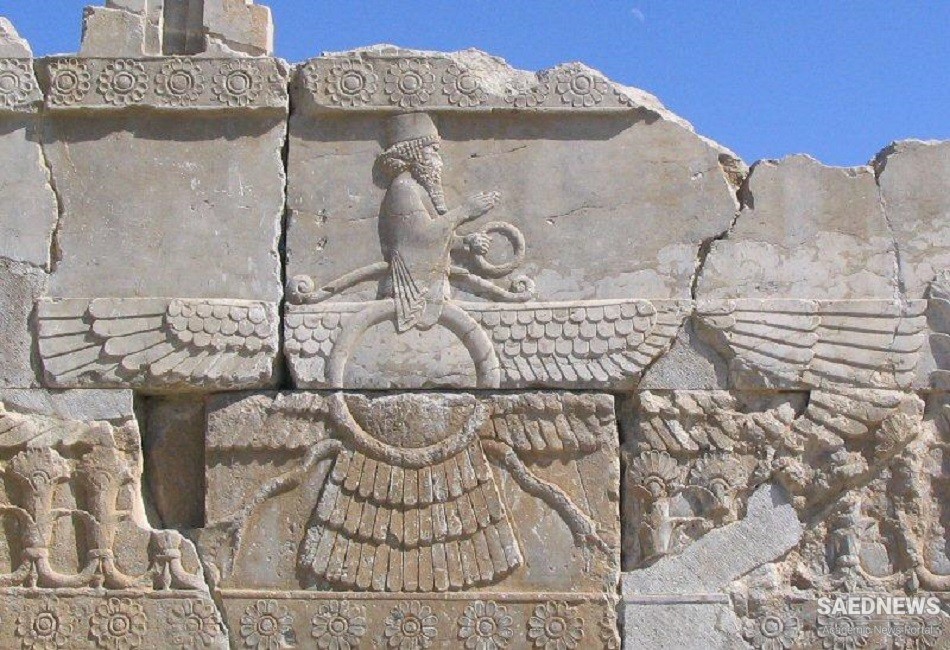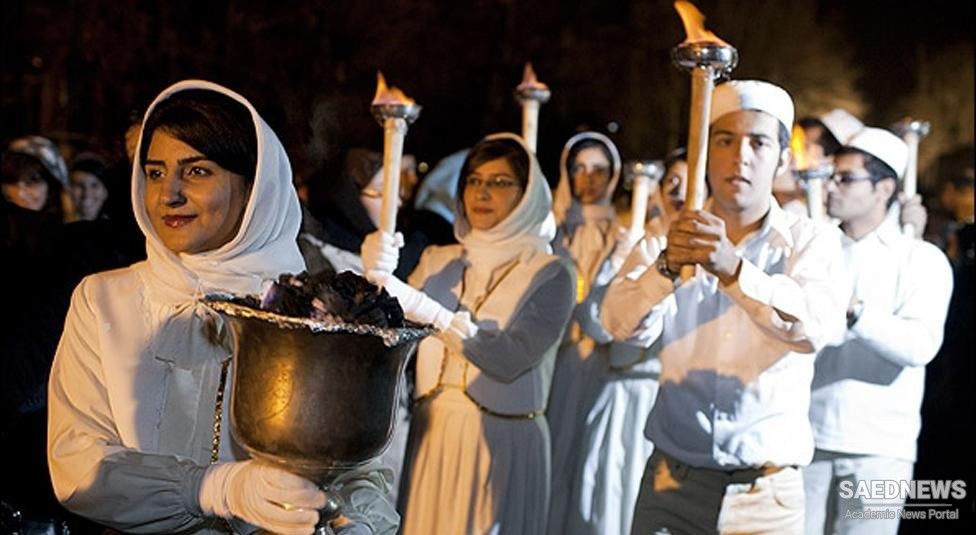Zoroastrianism, ancient pre-Islamic religion of Iran that survives there in isolated areas and, more prosperously, in India, where the descendants of Zoroastrian Iranian (Persian) immigrants are known as Parsis, or Parsees. The Iranian prophet and religious reformer Zarathustra (flourished before the 6th century BCE)—more widely known outside Iran as Zoroaster (the Greek form of his name)—is traditionally regarded as the founder of the religion. Zoroastrianism contains both monotheistic and dualistic features. It likely influenced the other major Western religions—Judaism, Christianity, and Islam. According to the National Census 2016, 23109 Zoroastrians are living in Iran now. These people mostly live in Central Iran. Zoroastrians have their own Fire Temples and regularly and freely gather for accomplishing their religious duties and rituals. No one would force any Zoroastrian to convert into Islam and this is the freedom given to this religious minority under the Constitution. There is also an atmosphere of sympathy in Iran towards Zoroastrians due to the ancient and national repercussions of the Zoroastrianism.



 Zoroastrianism and Cultural Identity of Ancient Iran
Zoroastrianism and Cultural Identity of Ancient Iran














































